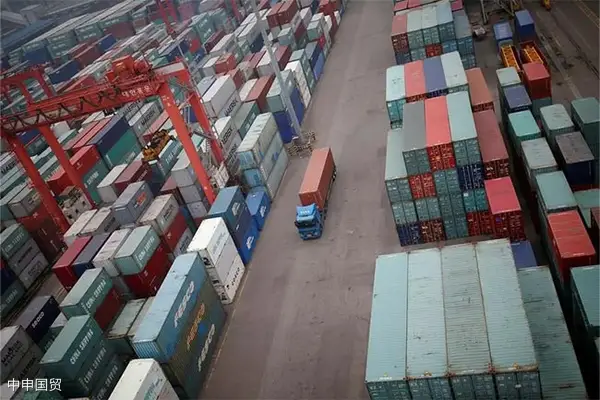- Shanghai Zhongshen International Trade Co., Ltd. - Two decades of trade agency expertise.
- Service Hotline: 139 1787 2118

Global SourcingHidden thresholds in pharmaceutical equipment
The global pharmaceutical equipment market size is projected to exceed $82 billion by 2025, with China, as the world's largest producer of active pharmaceutical ingredients, experiencing sustained growth in demand for imported high-end pharmaceutical equipment. However, industry data shows that 37% of procurement projects face delivery delays due to technical trade measures, with import compliance costs for core equipment such as sterilization devices and freeze dryers potentially accounting for up to 18% of the product value.
The Value Differentiation Points of Professional Agency Services
- Technical Document Compliance System:
- Conversion between EU CE Certification and FDA 510(k) Premarket Notification
- Localization adaptation of GMP environmental validation documents
- Tariff Classification Strategy:
- Determination of Core Functions for Multi-Function Equipment (Dispute Between HS 8419 and 8422)
- Interim Admission (ATA) and the Synergistic Application of Bonded Research and Development
- Technical Verification Response:
- Proof of Equivalence for ASME Certification of Pressure Vessels
- Rapid channel for bioburden testing of sterile equipment
Typical dispute scenario resolution solutions
A biopharmaceutical company encountered detention when importing a continuous sterilizer from Germany due to the equipment's pressure parameters exceeding domestic special equipment standards. The professional agent achieved rapid release within 14 days through the following steps:
- Initiate the special procedure for the China-Germany Mutual Recognition Agreement (MRA) on Pressure Vessels.
- Provide a Declaration of Conformity issued by an EU Notified Body.
- Coordinate on-site technical verification with local regulatory authorities
Forecast of Regulatory Trends in 2025
- Medical EquipmentRegulatory boundaries with pharmaceutical equipment:The CFDA plans to classify certain pharmaceutical auxiliary equipment as Class II medical devices for management.
- Localization verification requirements:Biosafety cabinets and other Class A equipment must undergo localized performance testing.
- Expectations of tariff adjustments:Cell cultureEquipment ImportsThe provisional tariff rate may be reduced to 3%.
Key indicators for selecting agency service providers
- Whether registered with the Pharmaceutical Inspection Co-operation Scheme
- Record filed at the electromechanical document review center of the main port
- Resolution success rate and timeliness of technical dispute cases
- Localized technical team and laboratory resource allocation
Selecting professional agency service providers can reduce the pharmaceutical equipment import cycle by 40% and lower technical compliance costs by 22%. It is recommended that enterprises require suppliers to provide complete EU-GMP or cGMP supporting documentation during the bidding phase and establish a preliminary collaboration mechanism with agency service providers, particularly ensuring information symmetry in areas such as process descriptions and equipment parameter disclosures.
Related Recommendations
Contact Form
? 2025. All Rights Reserved. Shanghai ICP No. 2023007705-2  PSB Record: Shanghai No.31011502009912
PSB Record: Shanghai No.31011502009912










